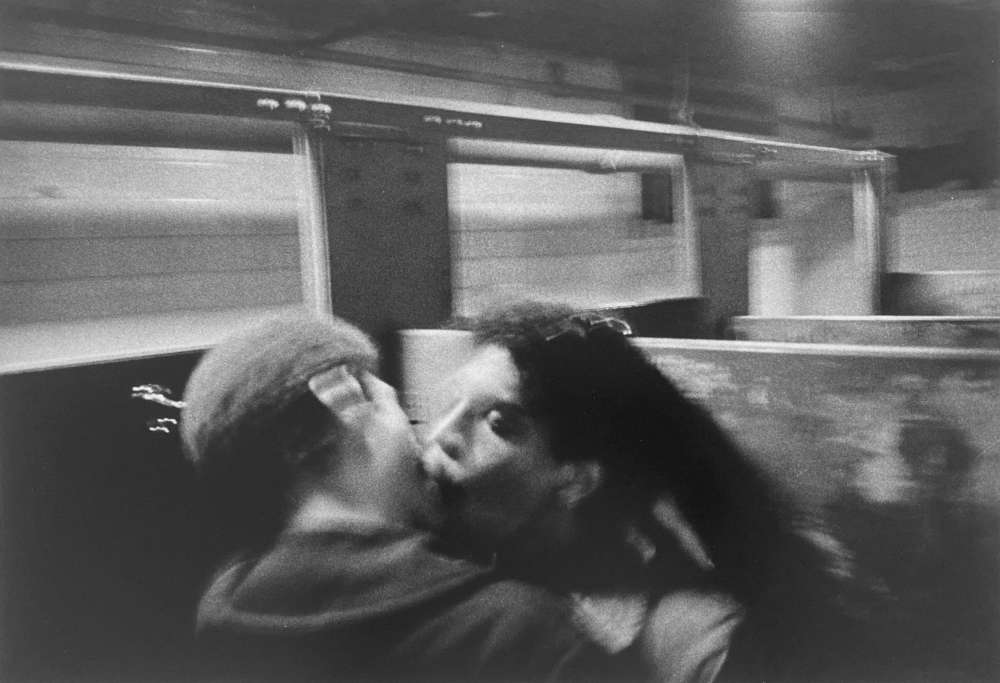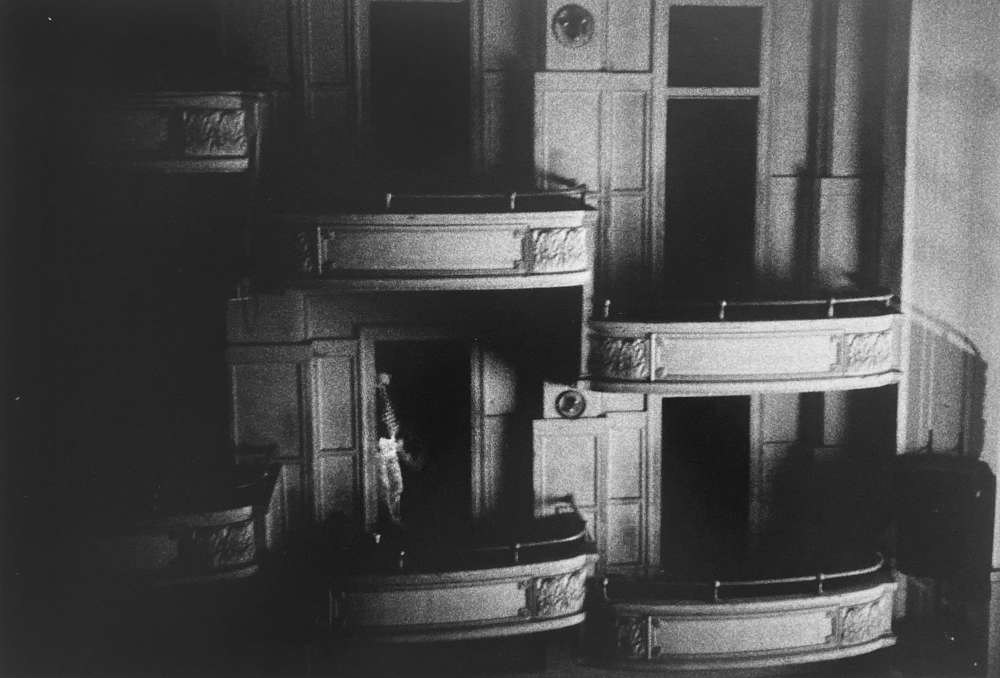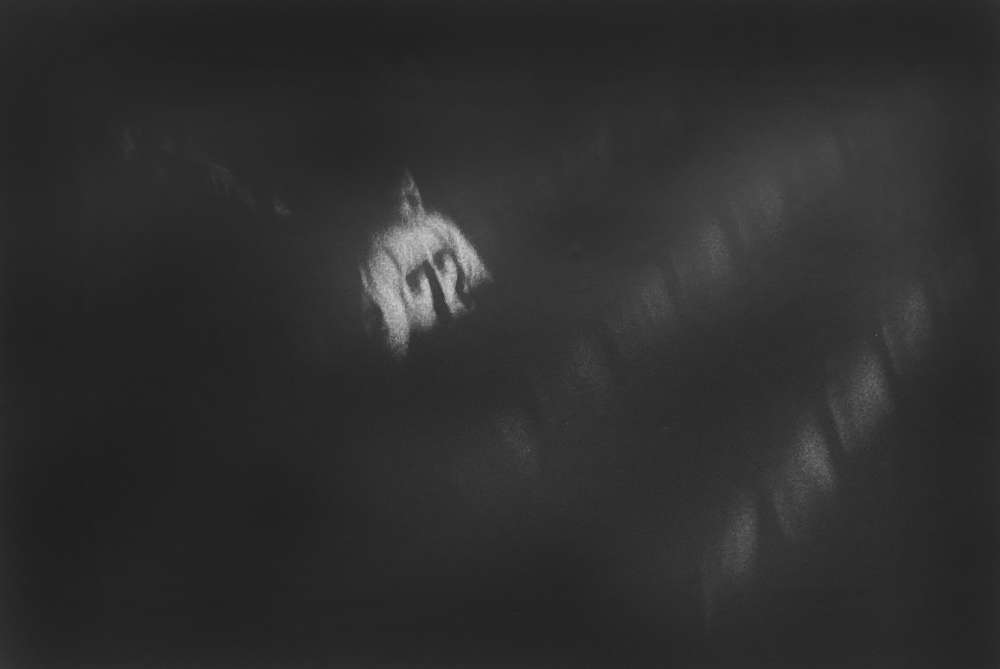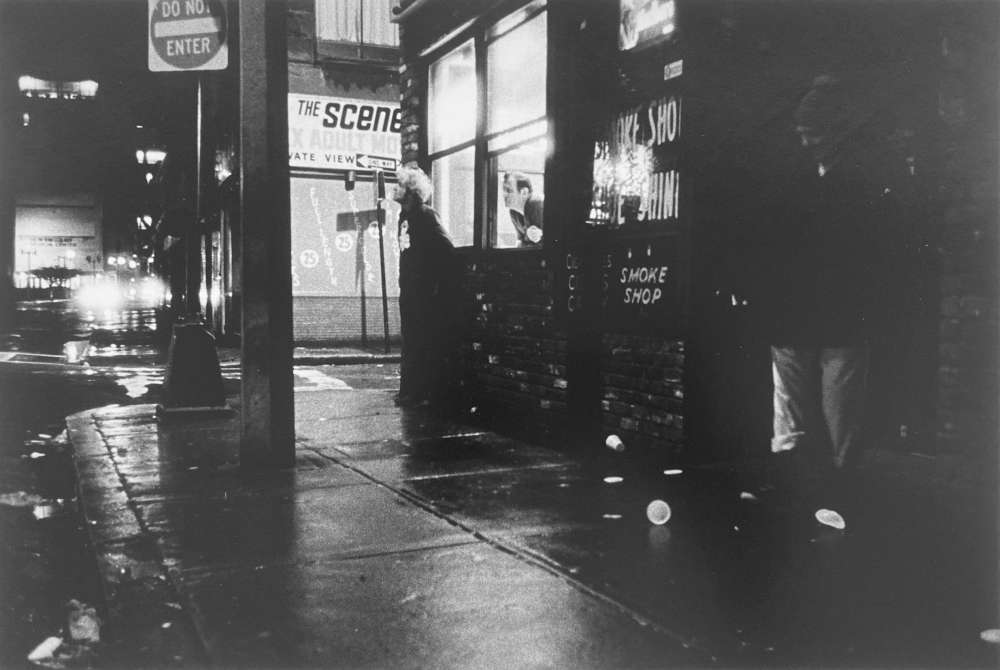Christian Walker
Works
-
 Christian Walker, From The Theater Project, 1983-4
Christian Walker, From The Theater Project, 1983-4 -
 Christian Walker, From The Theater Project, 1983-4
Christian Walker, From The Theater Project, 1983-4 -
 Christian Walker, From The Theater Project, 1983-4
Christian Walker, From The Theater Project, 1983-4
-
 Christian Walker, From The Theater Project, 1983-4
Christian Walker, From The Theater Project, 1983-4 -
 Christian Walker, From The Theater Project, 1983-4
Christian Walker, From The Theater Project, 1983-4 -
 Christian Walker, Miscegenation #3, 1992
Christian Walker, Miscegenation #3, 1992
Biography
Norman Leon Walker Jr. was born on April 4, 1953. In the late 70s, he changed his first name to Christian and adopted 1954 as his birth year. In 1974, Christian Walker moved to Boston where he spent the next ten years residing primarily in the South End. Walker graduated in 1984 from the School of the Museum of Fine Arts, paving the way as a gay Black photographer, active in both Boston and Atlanta. He created compelling experimental work that explored the intersections of queer sexuality and race. Walker's artworks, critical analysis, and curatorial pursuits addressed a diverse range of themes, encompassing queer public sexuality, interracial intimacy, HIV/AIDS, censorship, substance abuse, and the portrayal of race dynamics in both public and private image realms. His photographs, critical writings, and curatorial projects are vital contributions to the histories of art and photography of the 20th century.
In the mid-1980s, Walker transitioned from documentary photography to portraiture and later began exploring alternative photographic processes. His new approach included techniques such as multiple exposures, archival appropriation, and the integration of paint and nontraditional materials. Despite receiving substantial critical and curatorial acclaim during his lifetime, Walker's work has largely remained unrecognized since his untimely death in 2003. He passed away in relative obscurity, and it is believed that his archive may have been lost or destroyed.
Recently there has been a notable increase of interest in his work. Presently, an exhibition titled "Christian Walker: The Profane and the Poignant" is on display at the Tufts University Gallery at the School of the Museum of Fine Arts Boston. This exhibition, originally showcased at the Leslie Lohman Museum, marks a pivotal moment in bringing Walker's art to a broader audience. Co-curated by Jackson Davidow and Noam Parness, the exhibition offers a comprehensive exploration of Walker's oeuvre.
Walker’s work is included in the collections of The High Museum of Art, the Museum of Contemporary Art, Georgia, The Studio Museum in Harlem, the Center for Creative Photography, the ONE Archives, and the Hammonds House Museum. His writing appeared in Fag Rag, ART PAPERS, The Atlanta Journal-Constitution, SF Camerawork, and the book Picturing Us: African American Identity in Photography (1994, ed. Deborah Willis).










